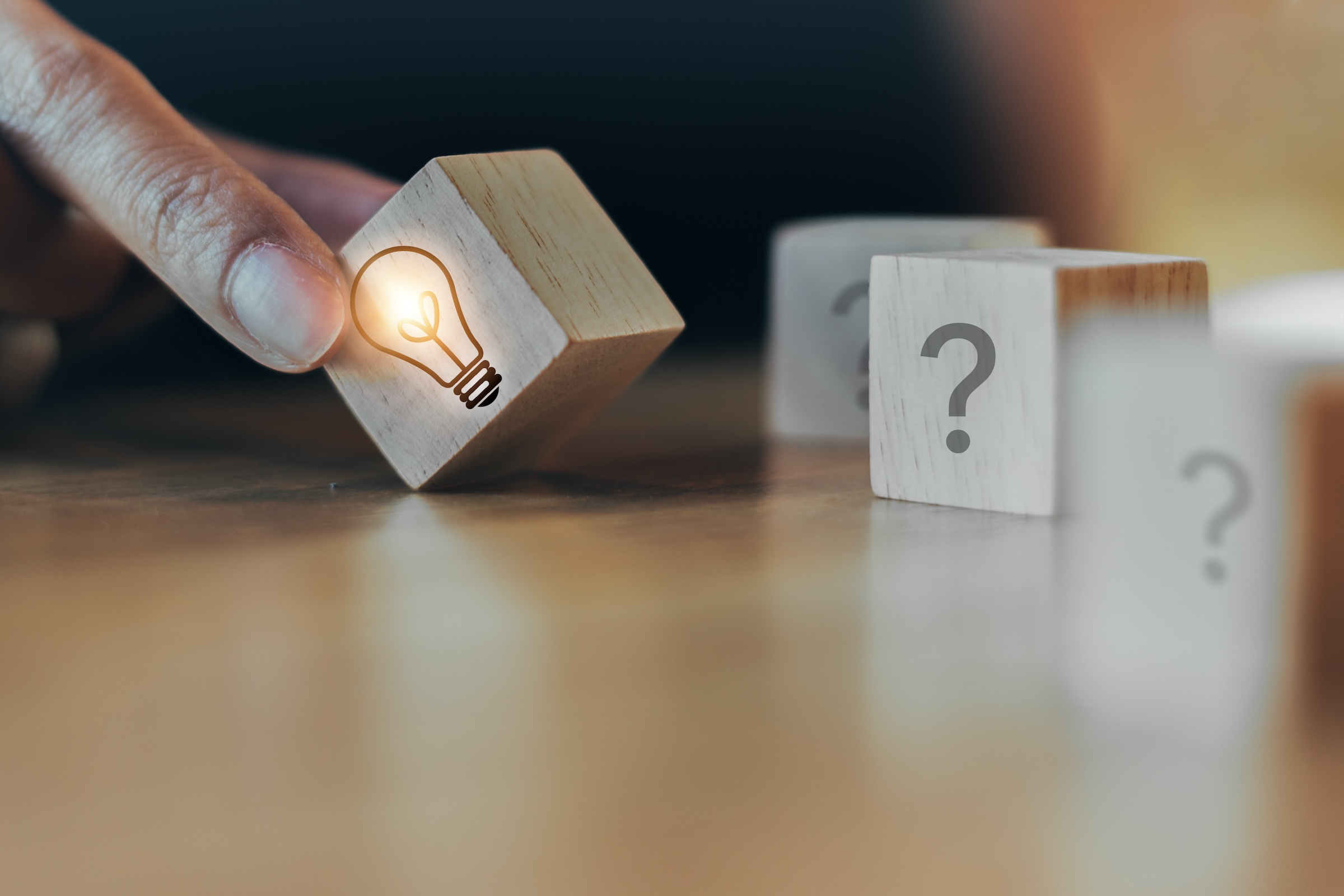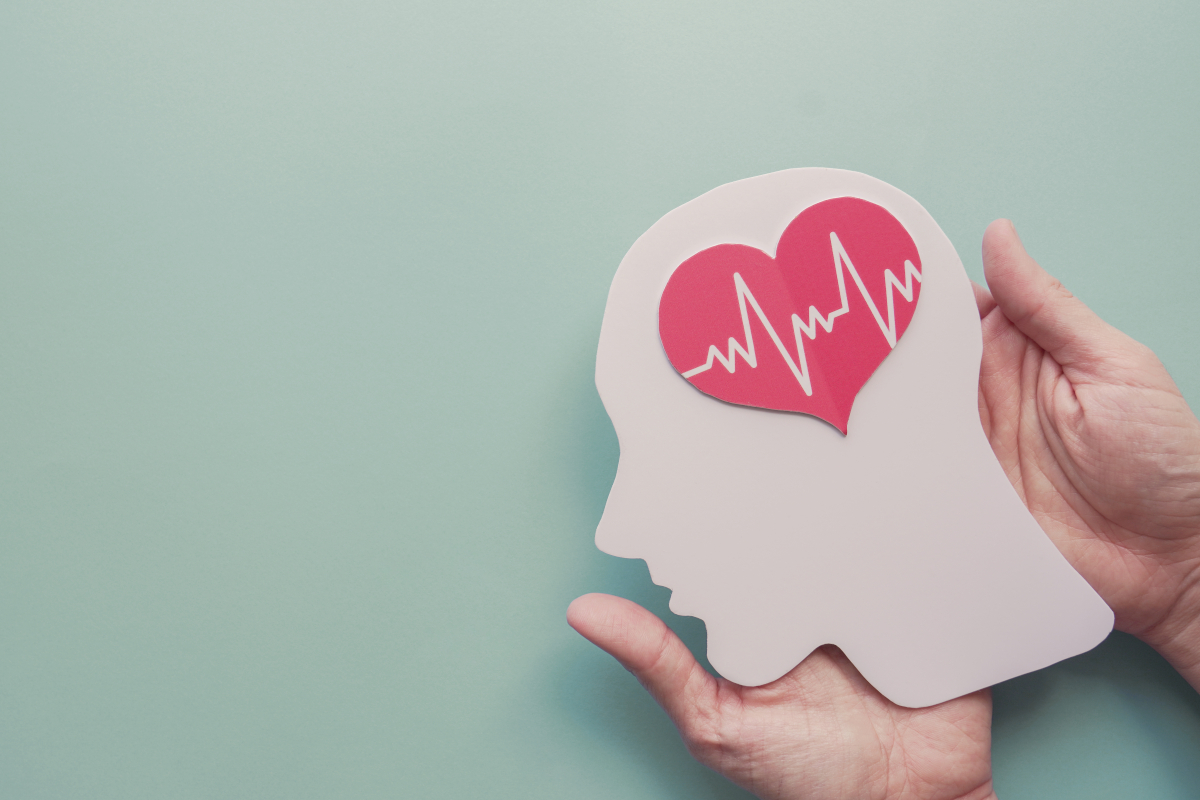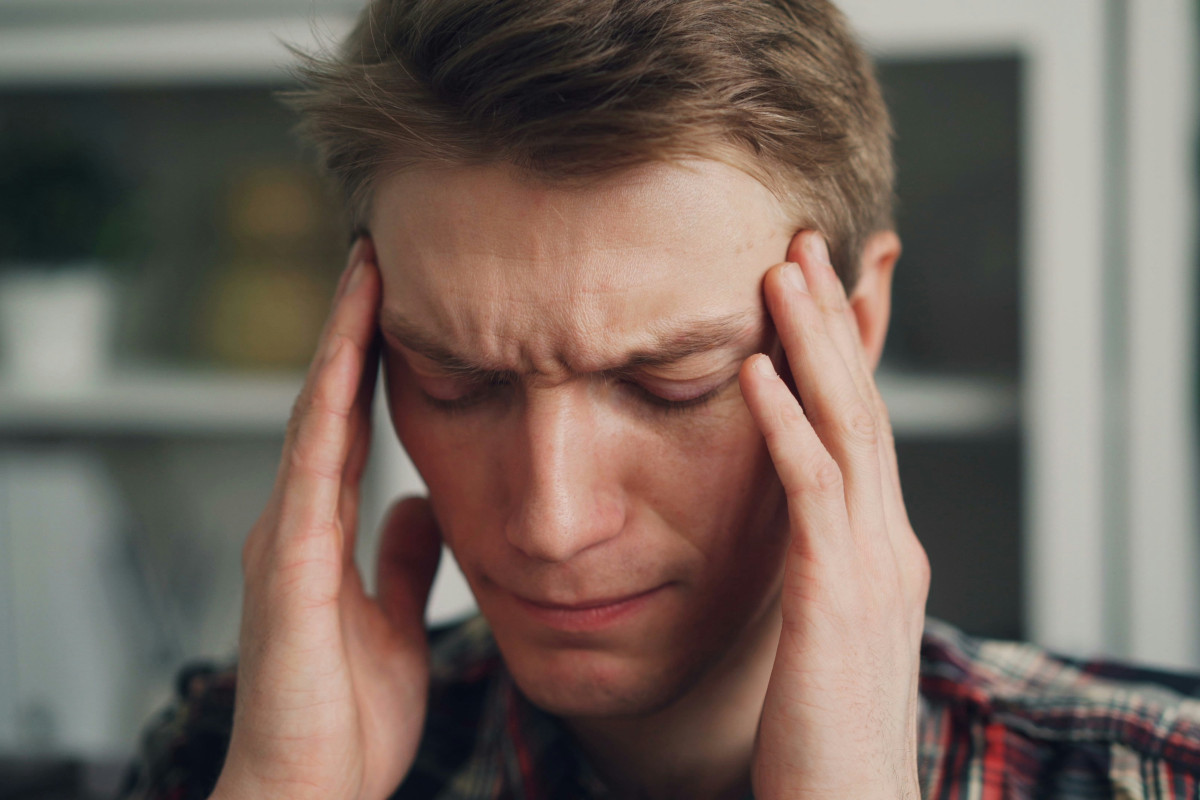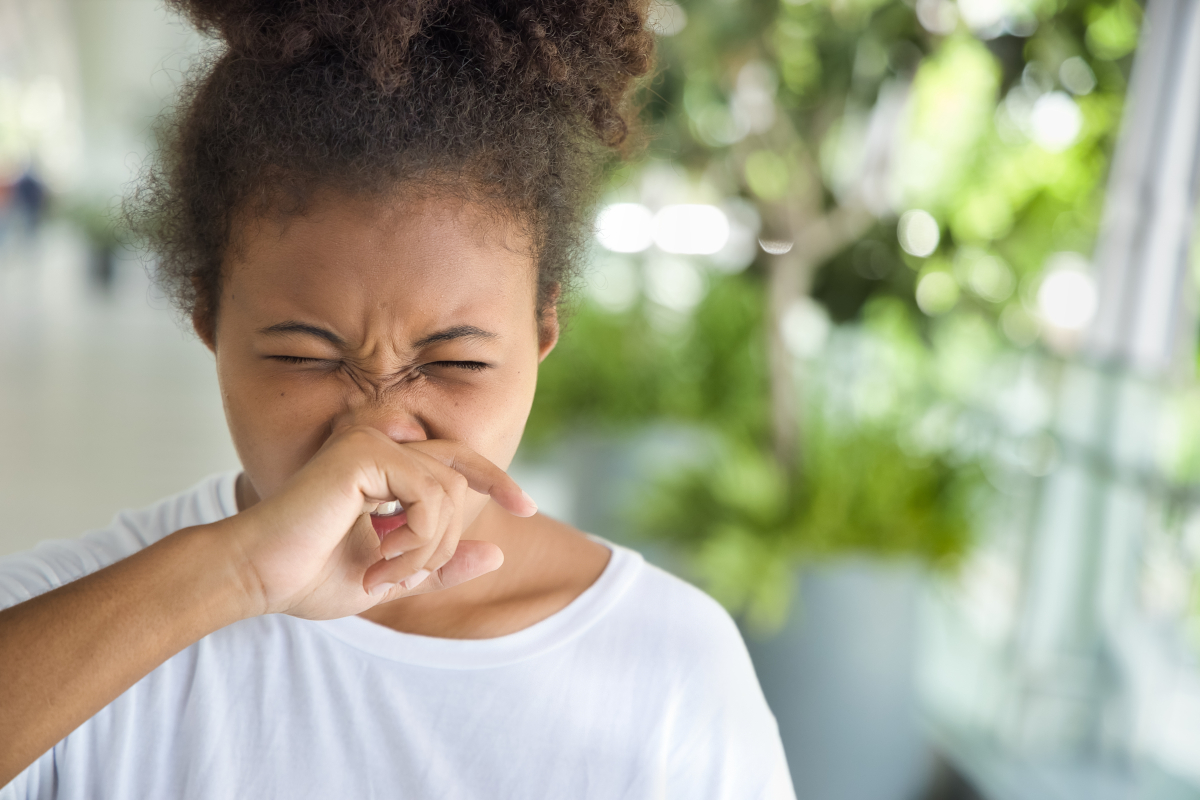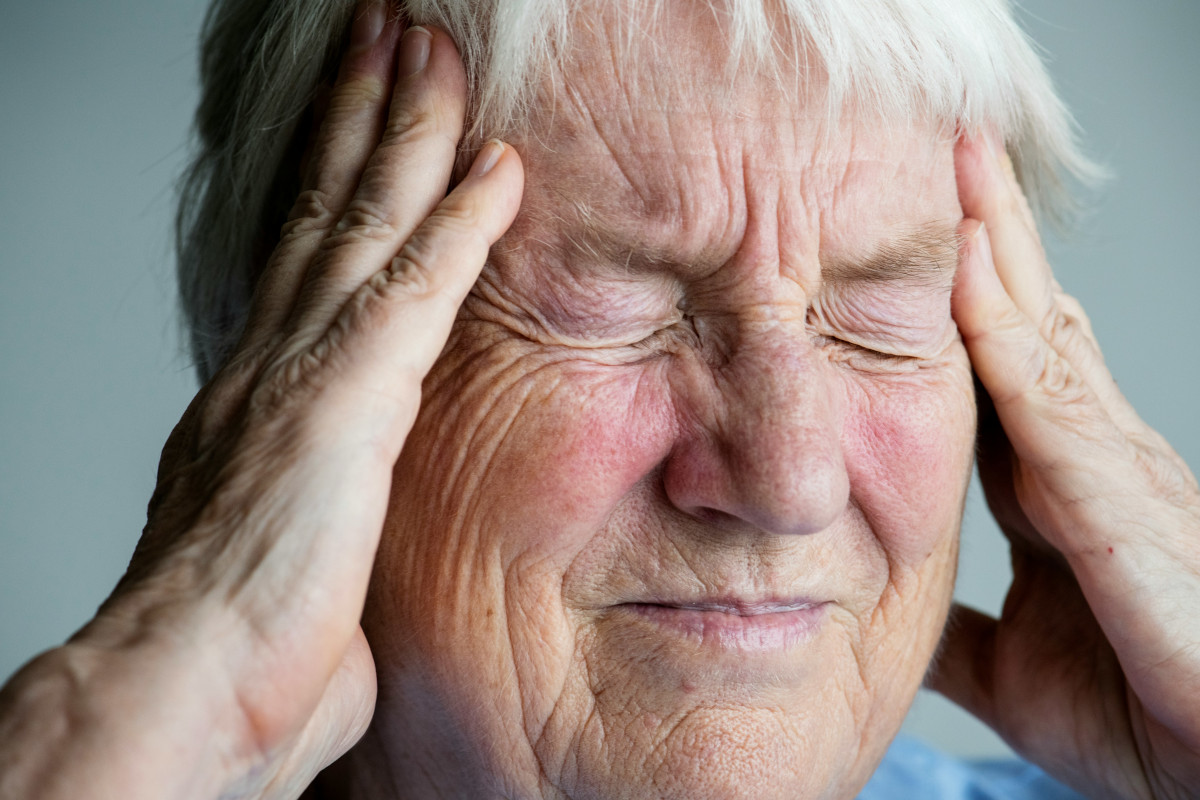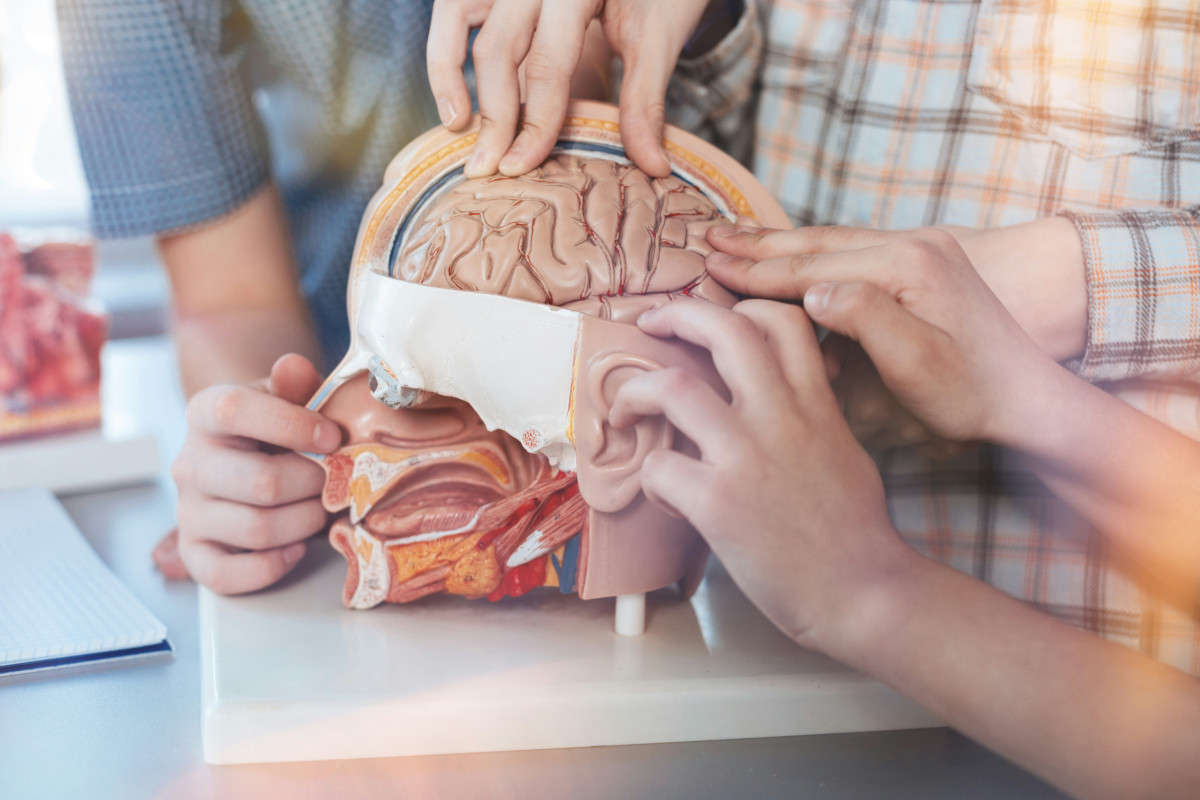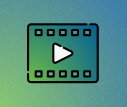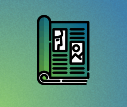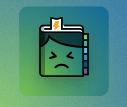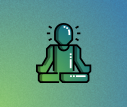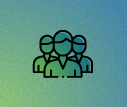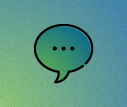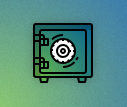Don’t give stress a chance – fighting headaches with resilience
Stress is a significant cause in the development of headaches and migraine. Relaxing and calming measures are therefore important pillars in headache prevention, which are also supported by current research. People with headaches should create balance when there is too much stress on the agenda, in time to reduce the risk of headache attacks. In this article, we will consider the causes of stress, why it affects every person differently and what, according to current studies, can benefit all affected people.
“Resilience” – what is it?
We all know that one person who always seems to remain calm. Difficult, muddled, or hectic situations, that have us sweating a little, leave them completely unfazed. Whereas, others appear to be real bags of nerves, who very quickly reach their limit when something does not go to plan. Everything quickly becomes “too much” for them, and many situations make them feel overwhelmed.
Clearly, all people are different in this respect. Resistance to internal and external overload varies. Human biologists and psychologists refer in this context to a person’s “resilience”. The term stems from the Latin “resilire” which can be translated as “to spring back”. This word makes very vividly clear what we mean here. High resilience helps us to brave adverse circumstances, hide our losses and disappointments, and to recover rapidly from illness and exhaustion. We could also describe resilience as a kind of “mental resistance”.
How can we find our personal resilience?
This trait already develops in the early years of childhood when we learn, in ways appropriate to our age, to cope with unexpected, disappointing, or otherwise challenging circumstances. It is never statically fixed but develops in a situation and age-dependent way, based on the different life stages. If a person’s resilience is not strongly pronounced, this can significantly affect their general wellbeing. The effects of exceptional demands will then trigger a more intense feeling of stress. High resilience allows us to react to challenges in a composed manner.
Which characteristics serve resilience?
Generally speaking, they can be described as aspects of our personality. They are varied and include, for example:
– Willingness and ability to communicate
– Self-efficacy (the conviction that you can handle problems and crises on your own)
– Life experience (the knowledge that crises will occur and can be overcome)
– Humour
– Impulse control (this helps you not to overreact to incoming information or stimuli)
– Empathy
– Positive self-perception
– Positive and constructive culture around mistakes (mistakes are not ignored or punished, but understood as opportunities to further develop ourselves)
– Goal orientation (appropriate assessment of the situation and forming your response to it in a way that brings you closer to your goal)
Furthermore, there is a stance which could be described as “treating yourself with gentleness and understanding”; it helps enormously if we do not overwork ourselves or treat ourselves overly self-critically.
A simple guide made by the American Psychological Association can make learning mental resilience easier. It comprises three pillars:
– Die Menschen sollen gut für sich sorgen.
– People should take good care of themselves
– They should not question their own abilities
– They should look after their social contacts, to cultivate a positive and supportive
– Sie sollen ihre eigenen Fähigkeiten nicht infrage stellen.
– Sie sollen soziale Kontakte pflegen, um ein positives und unterstützendes Umfeld
Research on resilience and stress behaviour shows that, in addition to working on your personal resilience factors, your own stress perception can be markedly lowered through a particular regulatory device . By this, we mean regular islands of rest from the daily hustle and bustle, otherwise known as “breaks”.
A consistent break culture is helpful
We frequently talk about a 24/7 world in connection with our “modern” times. Clearly, no one can be active for 24 hours a day over 7 days. Nevertheless, this description documents a kind of wishful or demanding thinking in our everyday life. This is as unrealistic as it is dangerous and is therefore undesirable. Just as pauses are part of the work in music, they are also essential in daily life. And yet, we have forgotten how to take this to heart consistently and to implement this for ourselves. The importance of breaks and time off from daily life continues to be underestimated.
South Korean researchers provide an example of how not to structure your breaks. They investigated the behaviour of employees at a big company during their lunch break. The group who had spent this time with activities on their mobile phones stated that this was a good distraction from work and that they were rested. However, it became clear that these employees were significantly more exhausted at the end of the working day than colleagues who had spent their break talking to each other or had simply gone out for fresh air without electronic devices.
These and other, similar reports seem to suggest that we sometimes need a real plan for our breaks and some kind of “instructions” on how we might organise these. Indeed, we can identify several measures through which we can make breaks into real time off, which provides us with rest and relaxation.
The most important rule: switching off means switching off
As banal as it sounds: we will not relax if, for example, we are using our smartphone during a break from working on our computer. This is because both activities use the same areas of the brain, meaning we are effectively continuing to work, just with different devices. Experts suggest that even short breaks can be helpful for refreshing yourself for work. The one condition however is that you do not use strong concentration for other things during your break – this will drain your energy further.
The British psychologist Sandi Mann has even derived the theory from her study results that boredom truly makes people creative. In one study, she asked participants to copy out numbers from a phone book and, for a second run through, even just to read them. By this point, the participants’ brains were so underutilised that in the following exercise they came up with far more ideas than usual, due to a pent-up surplus of imagination. Following this sensational paper, there were further studies with comparable results.
Take a break before it’s too late
It is best to already plan for regular and realistic breaks at the beginning of an activity. You should allow yourself the first time-out relatively soon after beginning to work. This way, you are giving yourself the chance to remain energetic and receptive over a longer period of time. According to expert advice, only taking breaks when you feel tired is not a good idea. Specialists recommend taking 20 to 30-minute breaks after around 90 to 120 minutes of work. Because not all people are the same in this respect, it also helps to try out which intervals work particularly well for recuperation with which activity.
A further study observed the behaviour of 95 employees from a business during their breaks, over a period of five days. This showed that the employees felt better physically as well as mentally if they already took their first breaks in the morning. A further result of the study: frequently, even a few minutes of time off had a noticeable recuperative effect.
A good tip emerging from numerous studies is to go outside for a few minutes. Depending on the location of your workplace, it can already be very useful to walk around the block or to go for a walk in a nearby park or green area. Even five to ten minutes of this kind of “outing” are enough to literally clear your head and get a mental refresher.
Breaks help – with headaches too
For years, researchers have been pointing towards the preventative effect that regular breaks have against headaches, for good reason. The findings of resilience research support these assumptions. Stress is and remains a key factor in the development of migraine and headaches. A healthy break culture is one of the trump cards in stress management. However, in daily life it is also clear that taking breaks needs to be learned. Taking regular time-outs from daily tasks, during which you switch off, is easier said than done. Particularly at the beginning, it can be difficult to truly clear your head. However, experience also shows that it is worth persevering. If you regularly leave your workplace to go on a short walk and also put your phone aside, you can do a lot for your personal headache prevention.

